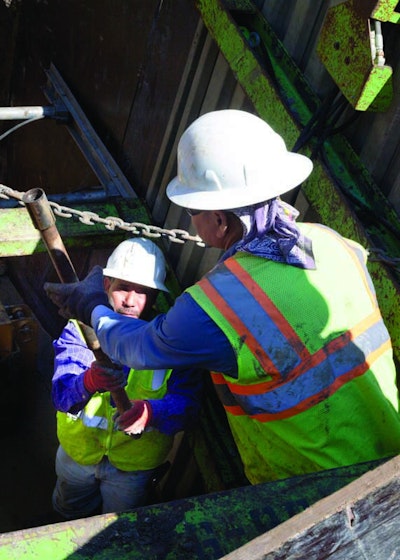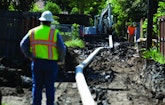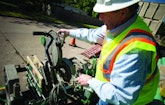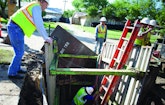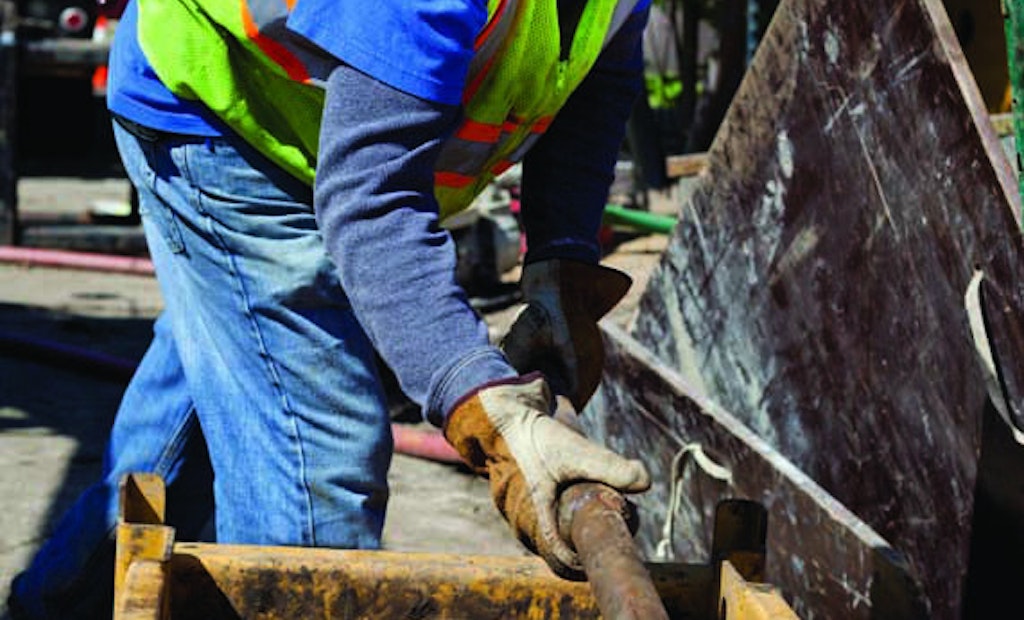
“I happened to be driving past a sewer line replacement job and saw a very long piece of pipe on the ground,” recalls Newell, the owner of No-DigTec, based in Dallas. “I was so curious about what was going on that I had to pull over and find out. I couldn’t figure out...
